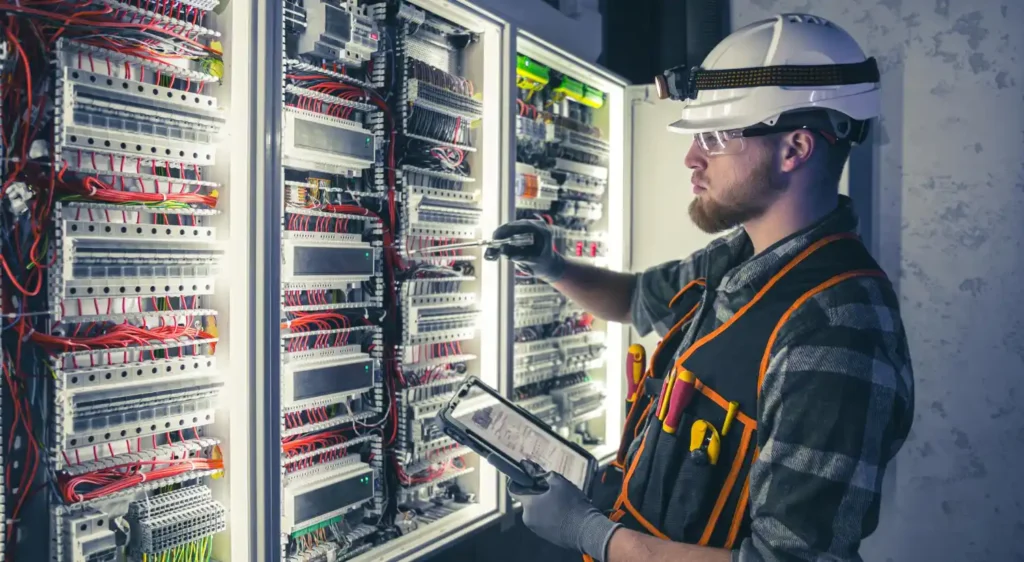At the time of its launch, Electric Nation was the world’s largest home smart charging trial with 673 EV drivers taking part in the 18-month trial. Between them they provided data for more than a million charging records.
All of these have been analysed by the project team and, a week after the first anniversary of the Government’s Road to Zero strategy, the findings have been revealed.
WPD DSO systems and projects manager Roger Hey said: “The results from Electric Nation are important for the whole electricity distribution industry because they take us from assumptions to facts.
“The learnings from this project will underpin how the networks accommodate home EV charging to ensure that drivers always have the ability to charge when they need to.”
Data from Electric Nation shows:
- The most popular time to plug in EVs is during the evening peak – 5pm to 7pm on weekdays when drivers get home from work
- On average, vehicles are left plugged in for over 12 hours but they are rarely charging for the full time
- There is a huge variance in charging behaviours but, on average, full battery EV drivers charge two to three times a week at 7kW when they have more than 50% of battery charge remaining; plug-in hybrid drivers charge more frequently at 3.6kW and plug in with less charge remaining but charging transactions are shorter.
Hey explained: “This shows that most people treat home EV charging as part of their daily routine: get home from work, plug the car in and then go and cook, watch TV, etc. If all EVs had to charge at this point it would mean network companies would have to build much larger networks to accommodate the demand.
“But the fact that charging only takes place for some of the time means it’s possible to move charging activity away from peak hours. That means the existing network can accommodate the additional demand, which is good news for reducing the infrastructure costs.”
Smart charging – where WPD managed when the EVs were charged – was introduced in two phases: unseen and with apps that enabled driver interaction. The trial proved that smart charging was technically feasible but it also showed that drivers’ charging behaviour did not change.
The third part of the Electric Nation trial introduced simulated Time of Use tariffs. More than 60% of participants switched their charging time away from peak periods, with the majority choosing the ‘minimise cost’ option. This worked best when they had some form of app that made it easier for them to take advantage of cost savings without having to change plug-in times or set charging timers on their EVs.
“Smart charging is important to prevent mass adoption of Time of Use tariffs creating a new peak,” notes Hey. “But the combination of tariff and smart charging has the benefit of providing the lowest-cost charge for customers and ensuring that demand can be moved away from peak hours, which means our existing network can cope with the extra load the move to EVs will create.”
Electric Nation was hosted by WPD and delivered by a partnership of EA Technology, DriveElectric, Lucy Electric GridKey and TRL. The project was funded via Ofgem through its Network Innovation Allowance scheme. The trial took place in the WPD network areas in the Midlands, South West and South Wales.

